Velkomin til Íslands! You have just set foot on a land of legends with an amazing natural heritage. Three weeks of road trip in Iceland is an ideal time to visit the less easily accessible regions. From the Golden Circle to the islands, from peninsulas to nature reserves, you will explore some unreal landscapes composed of icebergs and silent glaciers. Lovers of boreal expeditions, you are served!
Day 1: Reykjanes Peninsula
Day 2: The Golden Circle
Day 3: Þjórsárdalur Valley, waterfalls in hot springs
Day 4: From the Þórsmörk reserve to Skogar
Day 5: Westmann Islands
Day 6: Extreme South
Day 7: From Dverghamrar to Skaftafell Park
Day 8: Hiking between icebergs
Day 9: De Djútigur in Fáskrúðsfjörður
Day 10: Hallormsstaðarskógu Forest
Day 11: Jökulsárgljúfur National Park
Day 12: Askja
Day 13: Hike to Hverfjall
Day 14: Grímsey Island
Day 15: From the island of Hrísey to Glaumbaer
Day 16: Vatnsnes Peninsula
Day 17: Western Fjords - Day 1
Day 18: Western Fjords - Day 2
Day 19: Stykkishólmur
Day 20: Húsafell
Day 21: Mount Akrafjall
Day 22: Reykjavík
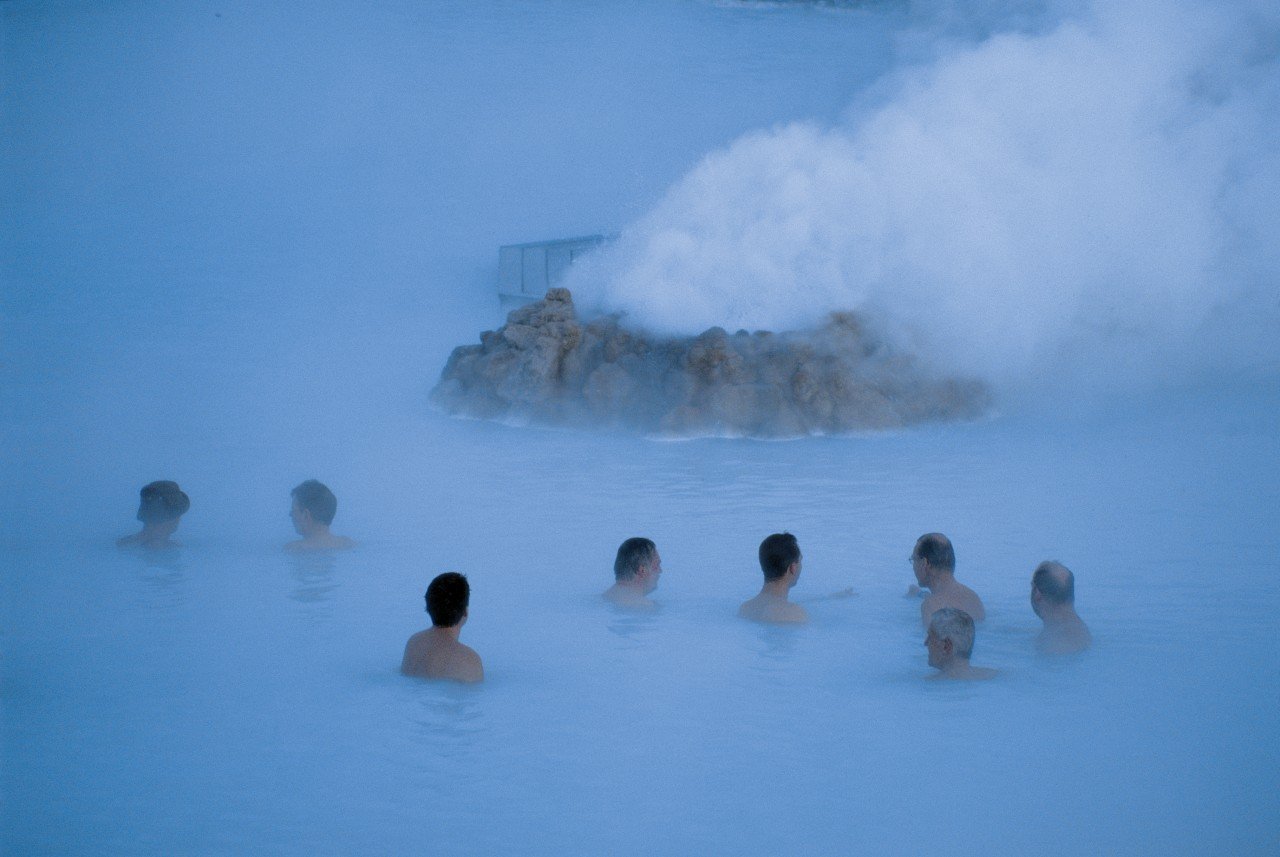 ©Author's Image
©Author's Image
Tour the Reykjanes Peninsula, which gives an initial glimpse of the diversity of Icelandic landscapes. A few moments of relaxation in the Blue Lagoon are followed by the observation of the solfatares and rushing ponds of Krísuvík before you re-recharge, the time of one night, in the horticultural village of Hveragerði.
 ©Author's Image
©Author's Image
Day dedicated to the Golden Circle, you start by joining the fault line of the Þingvellir National Park, former meeting place of the Icelandic Parliament, the Althing. Further east, the Strokkkur geyser emerges in the Geysir geothermal area. In good weather, not far from this place, Gullfoss Falls is adorned with a bright rainbow. Night in Selfoss
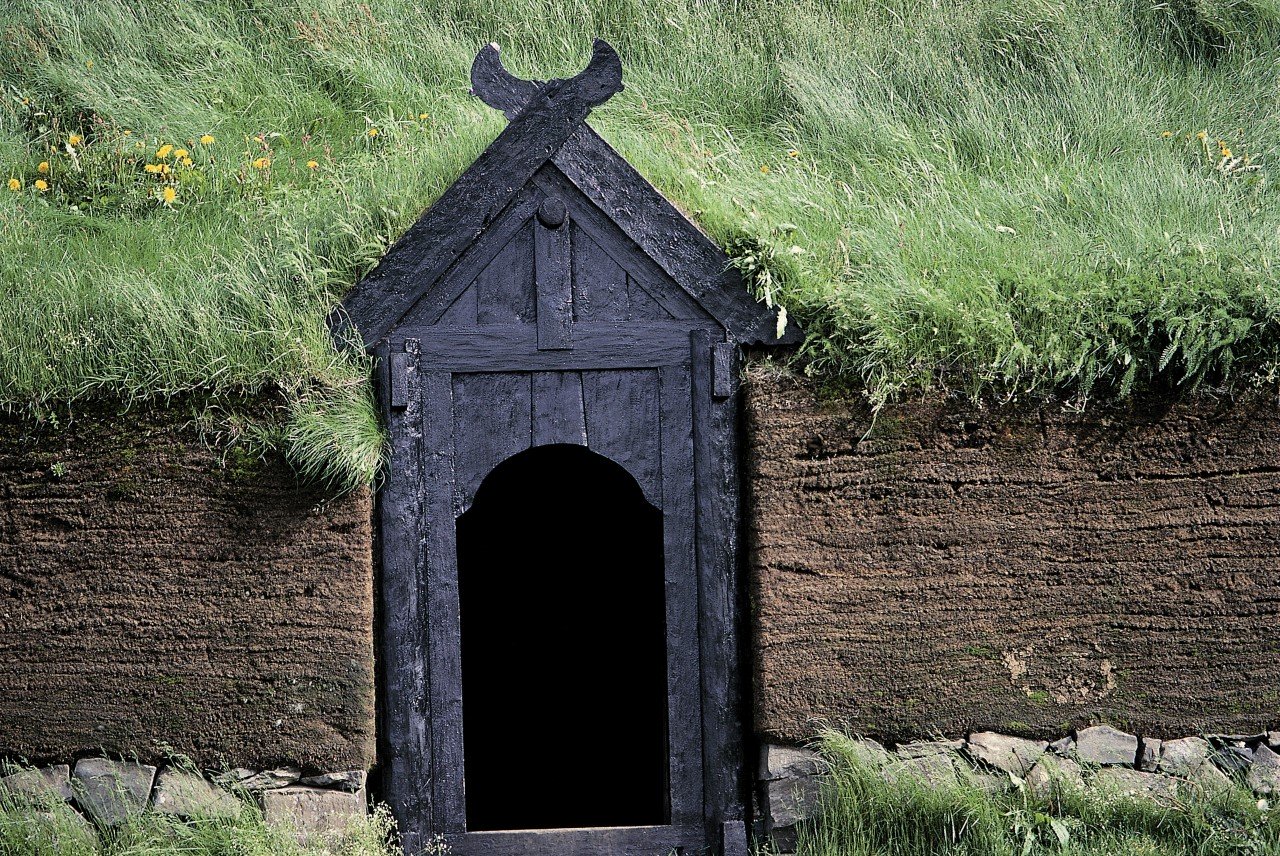 ©Thierry Lauzun - Iconotec
©Thierry Lauzun - Iconotec
Crossed by the river Þjórsá, the Þjórsárdalur Valley is bathed in breathtaking contrasts, from sandy lava fields to flourishing birch forests. Inside the Sein waterfall, the Hjálparfoss waterfall déverse. The F 225 route then leads to the hot springs of Landmannalaugar, a region of landscapes dominated by rhyolite, then crosses the F 208, a track leading to the Abords falls. Night in the refuge of the.
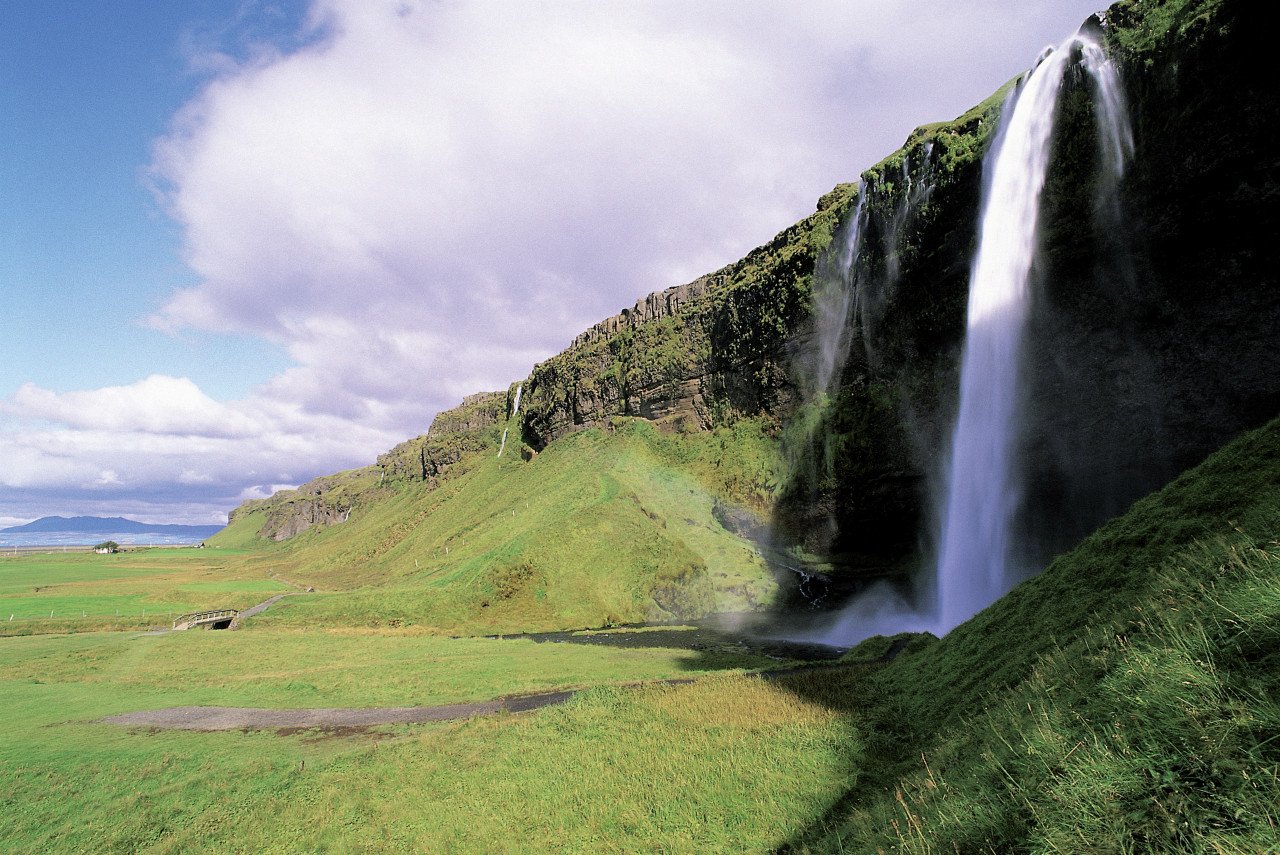 ©Hugo Canabi - Iconotec
©Hugo Canabi - Iconotec
Difficult to reach because of deep gués to cross, Þórsmörk, a natural reserve partly hidden by three glaciers, offers a show of great beauty by its lush vegetation. Further south, near Highway 1, Seljalandsfoss Falls leaves tourists to intrude behind its curtain. Last step of the day, the small village of Skogar, with its famous waterfall and a very attractive folk museum.
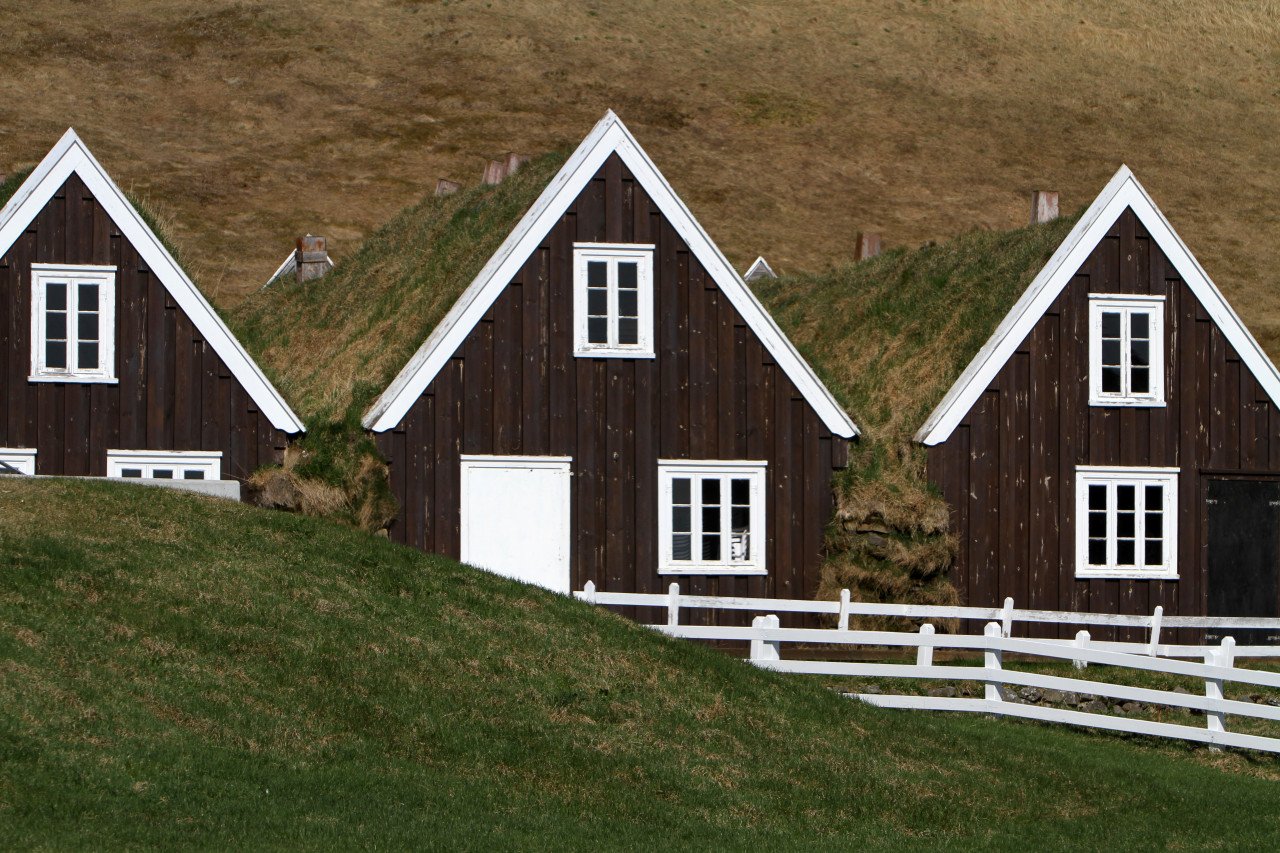 ©Stéphan SZEREMETA
©Stéphan SZEREMETA
Going to the new port that leads in 30 minutes on the Westmann Islands, named Vestmannaeyjar Islands. Fruits of underwater volcanic eruptions, they are birds in summer and are very much appreciated by egg farc. Heimaey, the largest island in the archipelago, is a wonderful staging point for the night. Visit of the island and return to the end of the day or night on site.
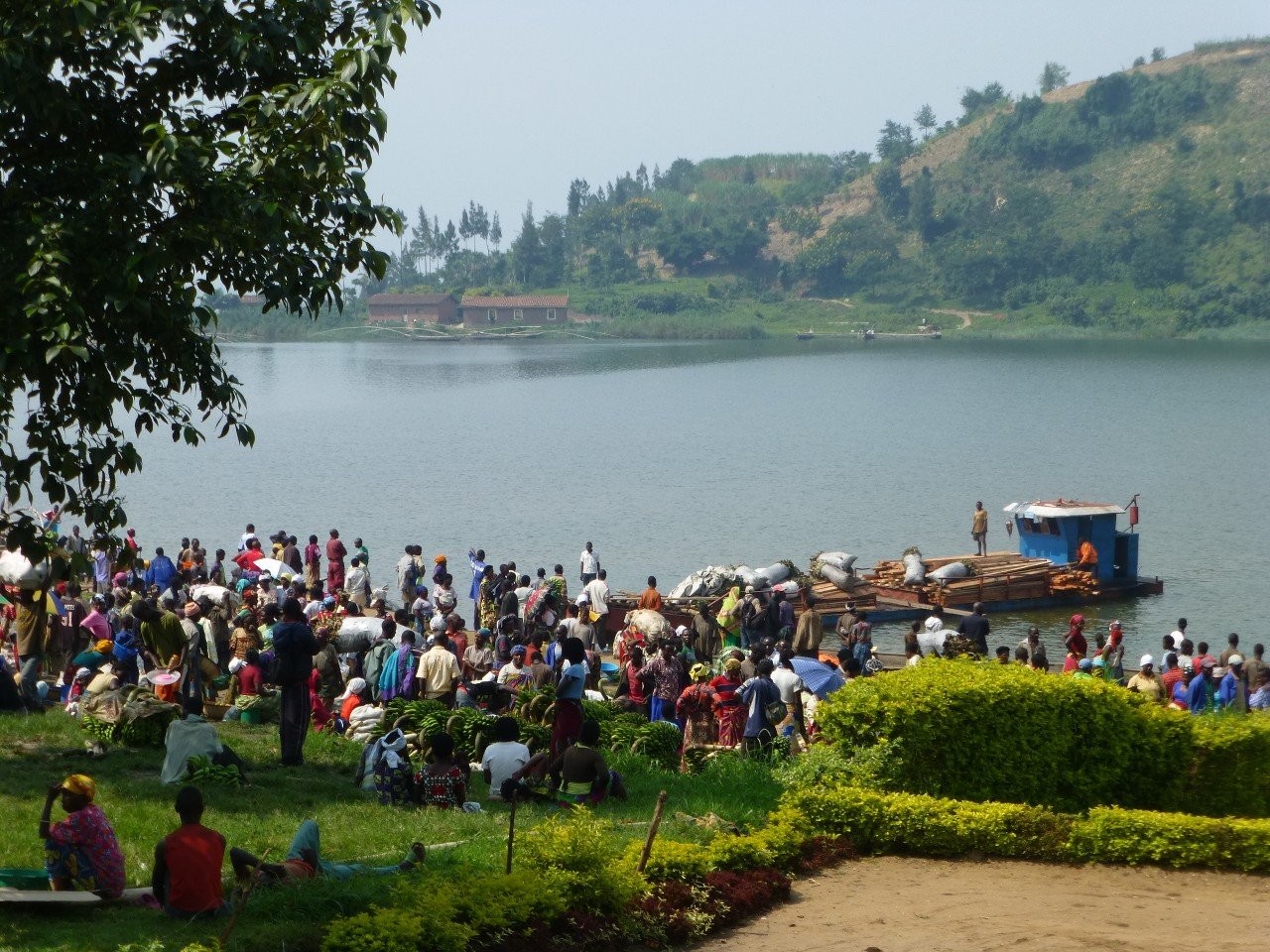 ©François JANNE DOTHEE
©François JANNE DOTHEE
Dyrhólaey, a peak at the peak of Iceland, is full of puffin in high season. The surrounding black sandy beaches become the starting point for many walks. After the observation of rock formations in Vík, Reynisdrangar, Direction direction, 135 craters alignment. Night in Kirkjubaejarklaustur, town where the waterfalls Systrafoss and Kirkjugolf are situated, long surface considered a former church prosecutor.
 ©Author's Image
©Author's Image
To the east of Foss Farm, on Route No. 1, below Dverghamrar, are two twin basalt cliffs in the shape of a horseshoe. A small church where many riders used to come to pick up a guide, Núpsstaður, is another point of passage before arriving at Skaftafell National Park, a paradise of vegetation where marked trails abound. Night in Skaftafell.
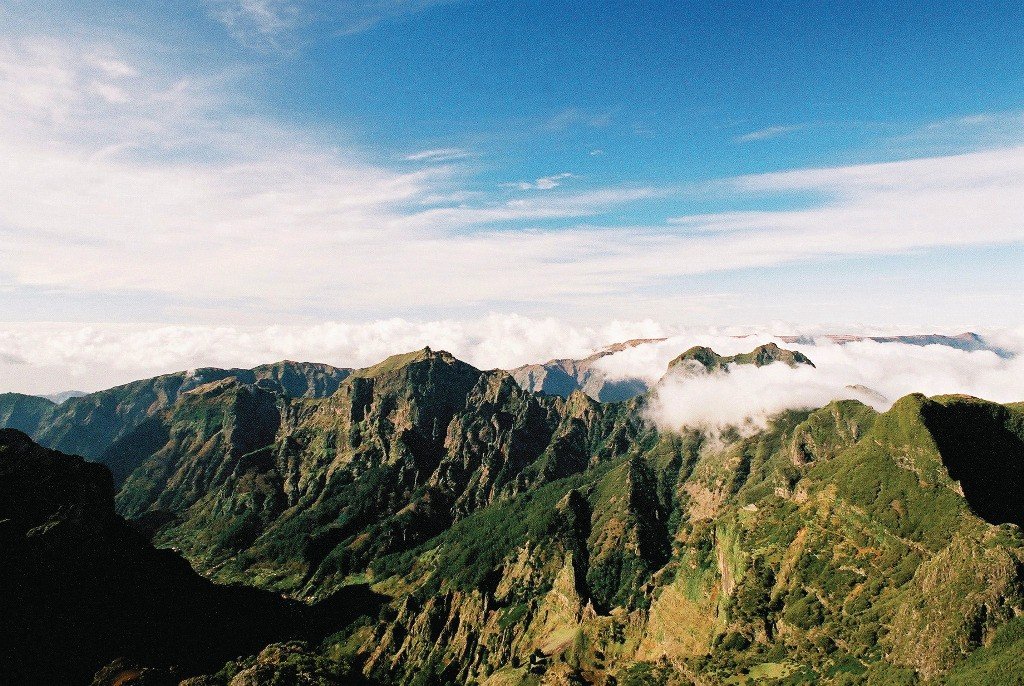 ©Agence de Promotion de Madère
©Agence de Promotion de Madère
Armed with crampons and a good guide, the ascent of the Svínafellsjökull languages reveals, for half a day, another facet of Iceland. To keep this magic alive, the boat observation of Lake Jökulsarlón and its huge icebergs gives a concrete insight into the phenomenon of melting glaciers. Shortly before Höfn, a city that represents a pleasant place to stay for the night, the entrance to the eastern fjords offers many walking trails surrounded by magnificent scenery.
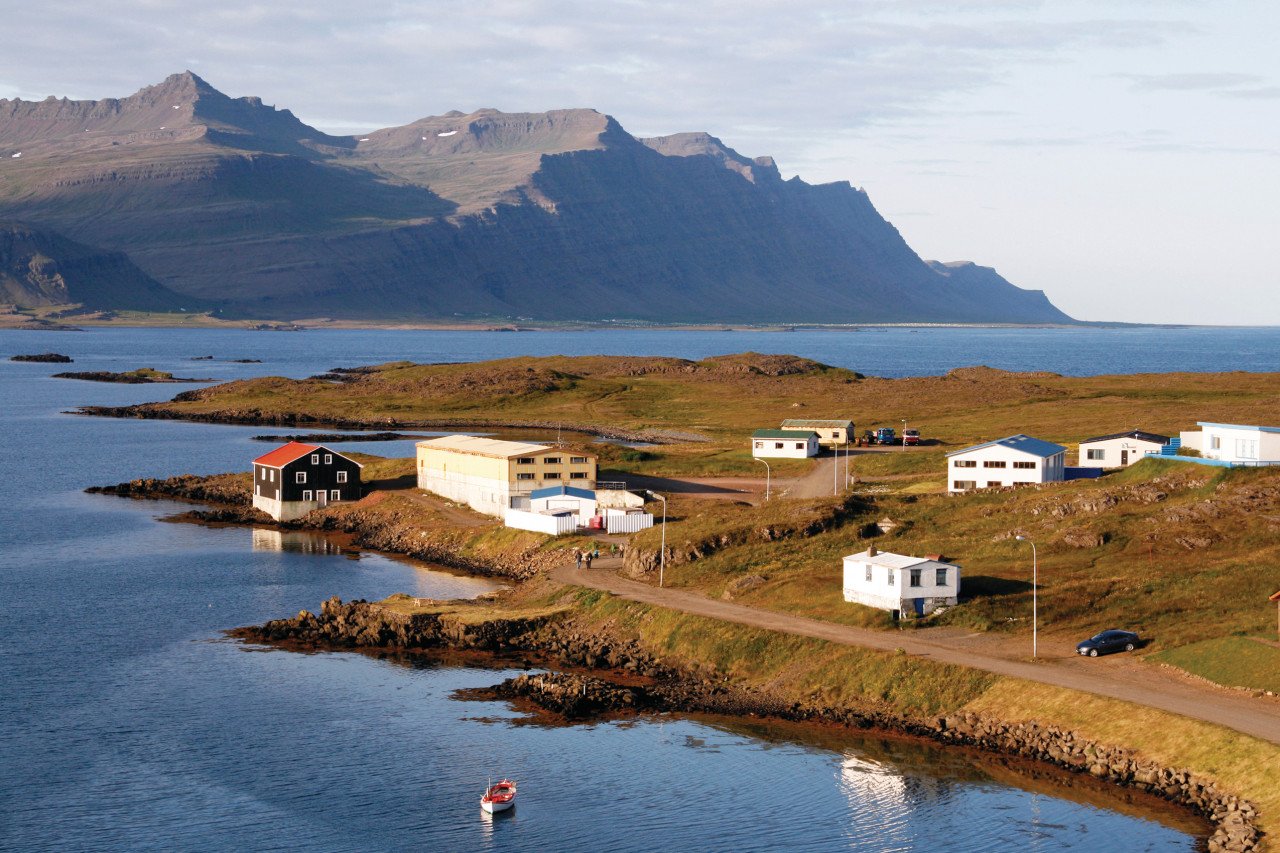 ©natenn - iStockphoto.com
©natenn - iStockphoto.com
The winding roads on the east coast go straight towards Djúpivogur, a small village built in the arc of circle around its port and then towards Breiðdalsvík. The compulsive walkers will find many possibilities for walking near Fáskrúðsfjörður, a place not far away from Skrúður island, a natural reserve invaded by birds and characterized by a series of caves, the largest of Iceland. Night in Egilsstaðir.
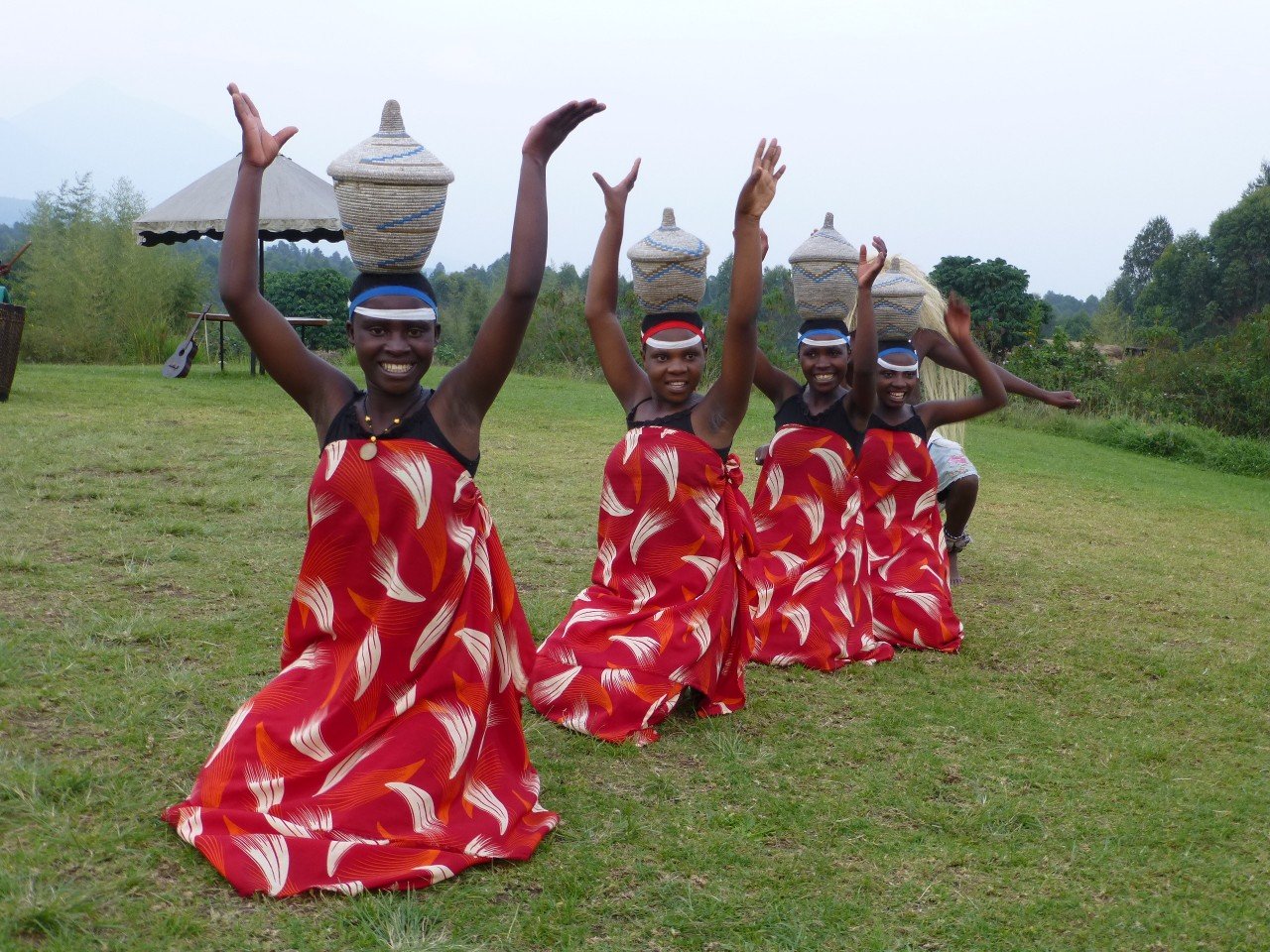 ©François JANNE D'OTHEE
©François JANNE D'OTHEE
26 km south of Egilsstaðir, the Hallormsstaðarskógur forest is a good example of Iceland's reforestation efforts. Returning to the western shore of Lake Lagarfljót, it is possible to venture towards Hengifoss, a 188 m high waterfall. Overnight in Þórshöfn, after crossing basalt reliefs and bypassing the city of Vopnafjörður.
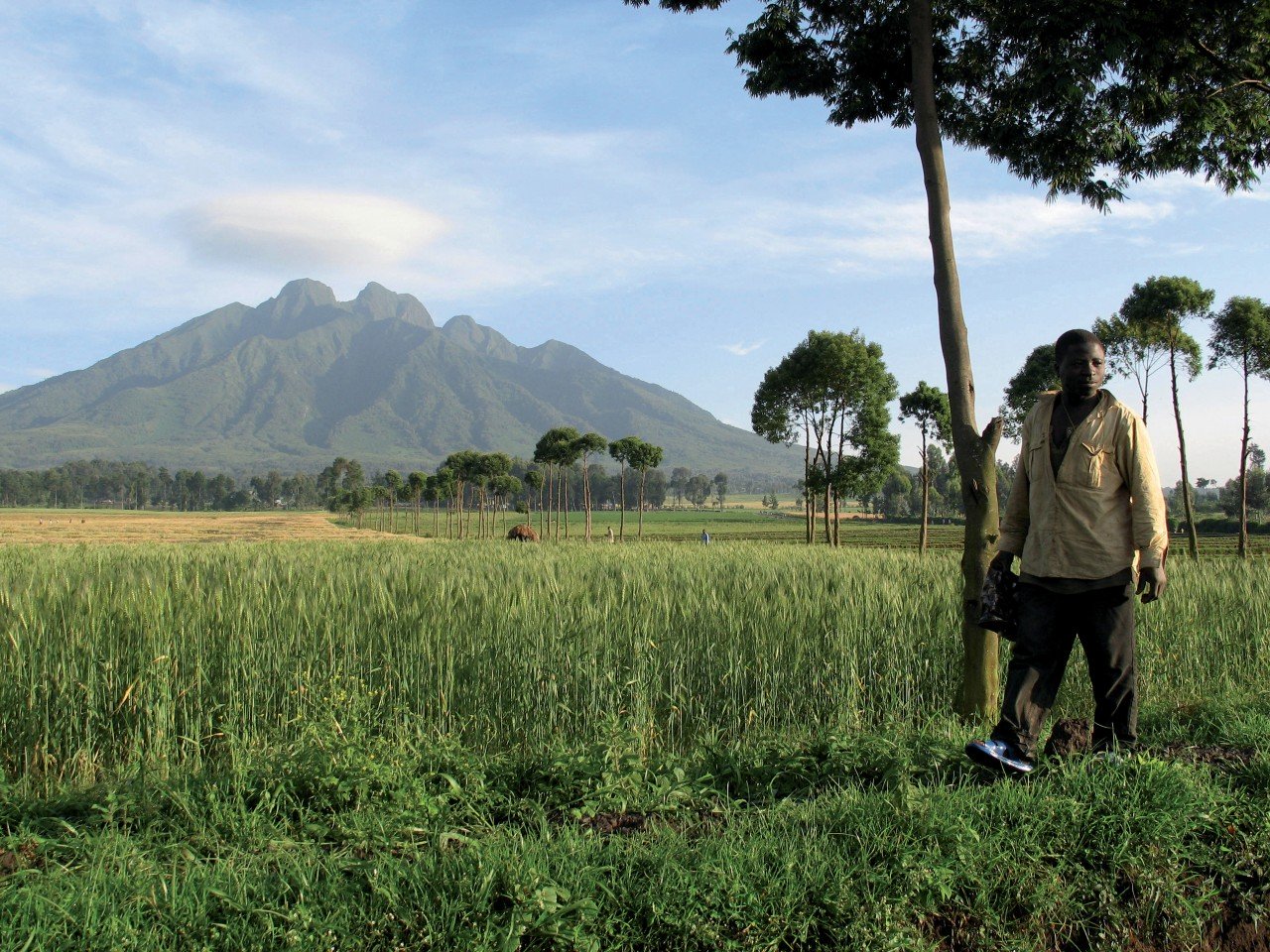 ©François JANNE D'OTHÉE
©François JANNE D'OTHÉE
One of the most magnificent and powerful waterfalls in Iceland is Dettifoss, a natural phenomenon located in Jökulsárgljúfur National Park. The entrance to this canyon is near Ásbyrgi, via runway 864. Back on the road n° 1, direction Mývatn, with visits to the Námafjall hills, the Grjótagjá cave, the Dimmuborgir rock formations or the smoking lava of the Krafla volcano. Night in Myvatn.
 ©Uhryn Larysa - shutterstock.com
©Uhryn Larysa - shutterstock.com
Excursion to Askja, a large caldera located in the mountainous region of Dyngjufjöll. Since the 18th century, a swimming lake has invaded the crater: Öskjuvatn. The brave, ready to take the track again in a 4x4, will head back to Mývatn while the others will stop in the Herðubreiðarlindir refuge on the way.
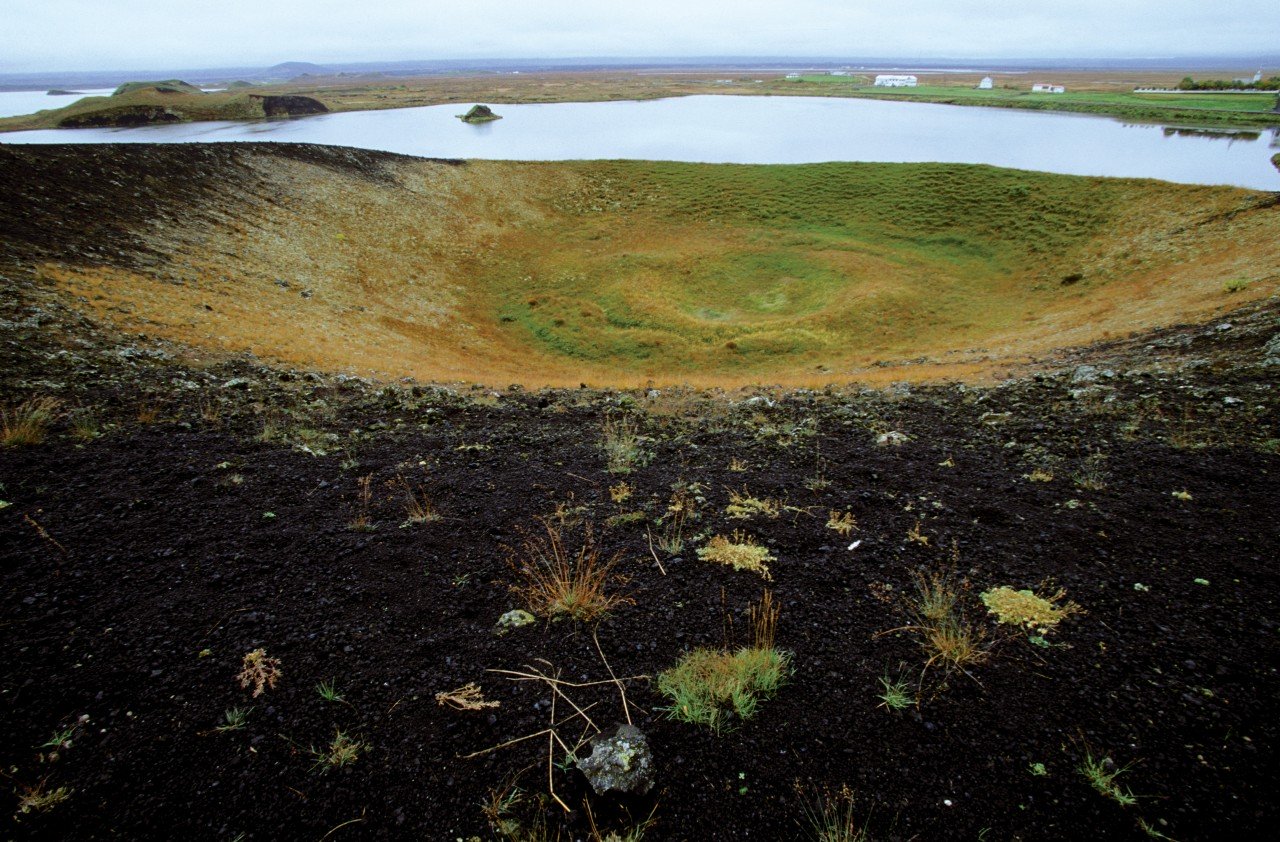 ©Author's Image
©Author's Image
The ascent of the Explosif explosive crater by a small path continues through the observation of Pseudo's grassy shorelines, which were screened by pseudo-craters, in the vicinity of Lake Mývatn. Before spending the night in Akureyri, the passage through the fall of Goðafoss and then by Laufás, ancient church site where the uproar of pagan sepulchres were discovered, is imperative.
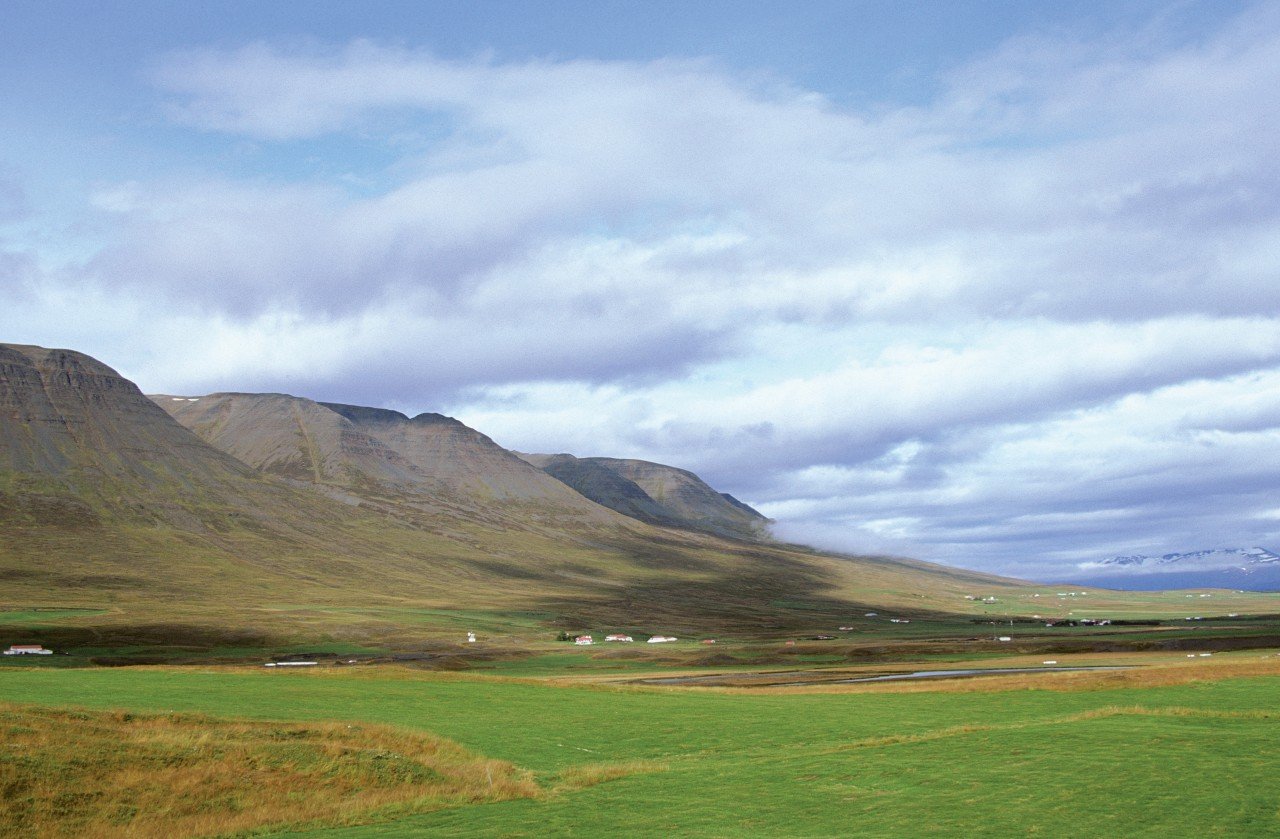 ©Author's Image
©Author's Image
A few kilometres north of Akureyri, the church site of Möðruvellir. A boat regularly leaves Dalvík in summer to reach Grímsey Island. Rich in particularly developed vegetation and colonized by various bird breeds, it is home to only a small number of inhabitants, probably because of its small size, 5.3 km². Overnight on the island or in Dalvík.
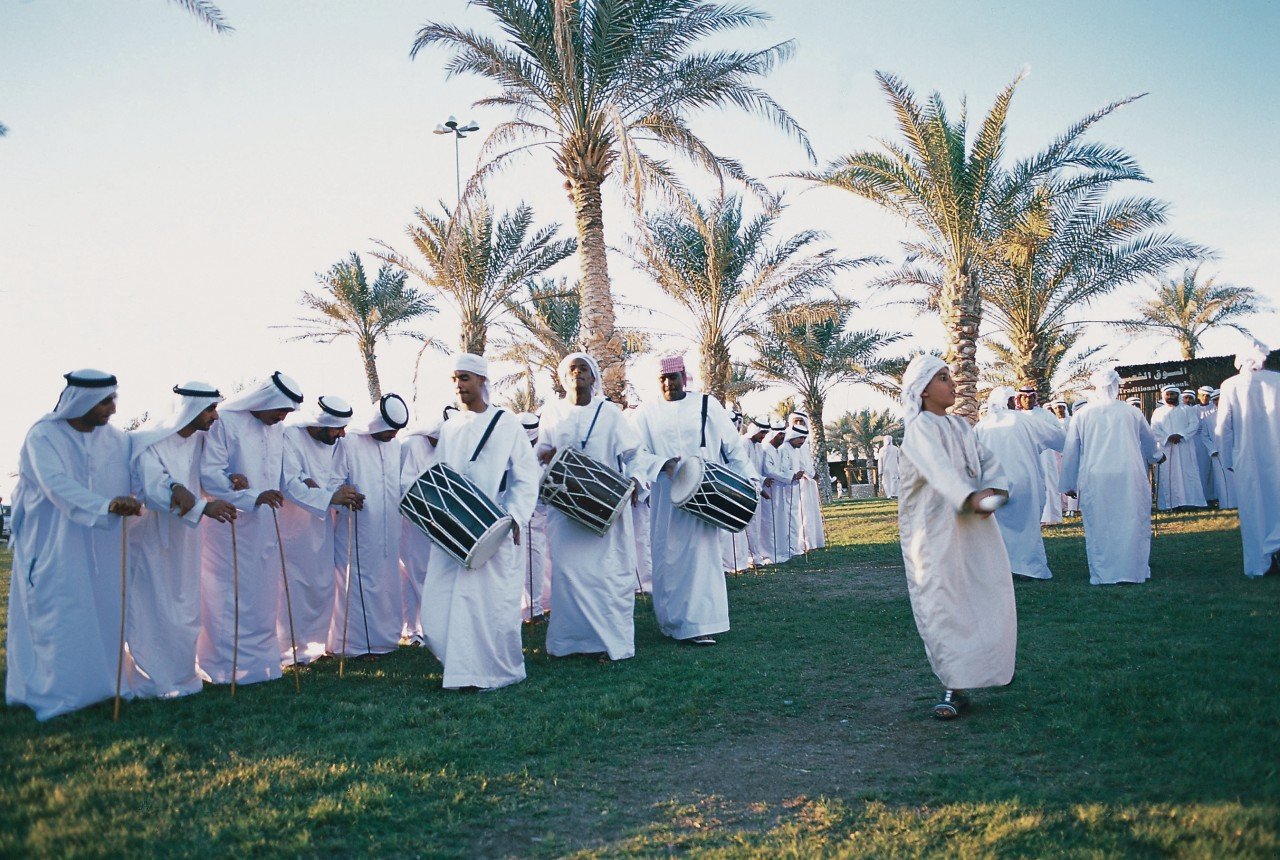 ©Abu Dhabi Tourism Authority
©Abu Dhabi Tourism Authority
From Dalvík, it is possible to reach Iceland's second largest island, Hrísey. To the east of the Skagafjörður, the village of Hofsós invites the traveller to discover its regional museum. Further south in Hjaltadalur, the Hólar site offers a one-hour walk with 14 historical information points. Last meeting of the day, Glaumbaer, a place famous for its church and peat farms. Night in Blönduós.
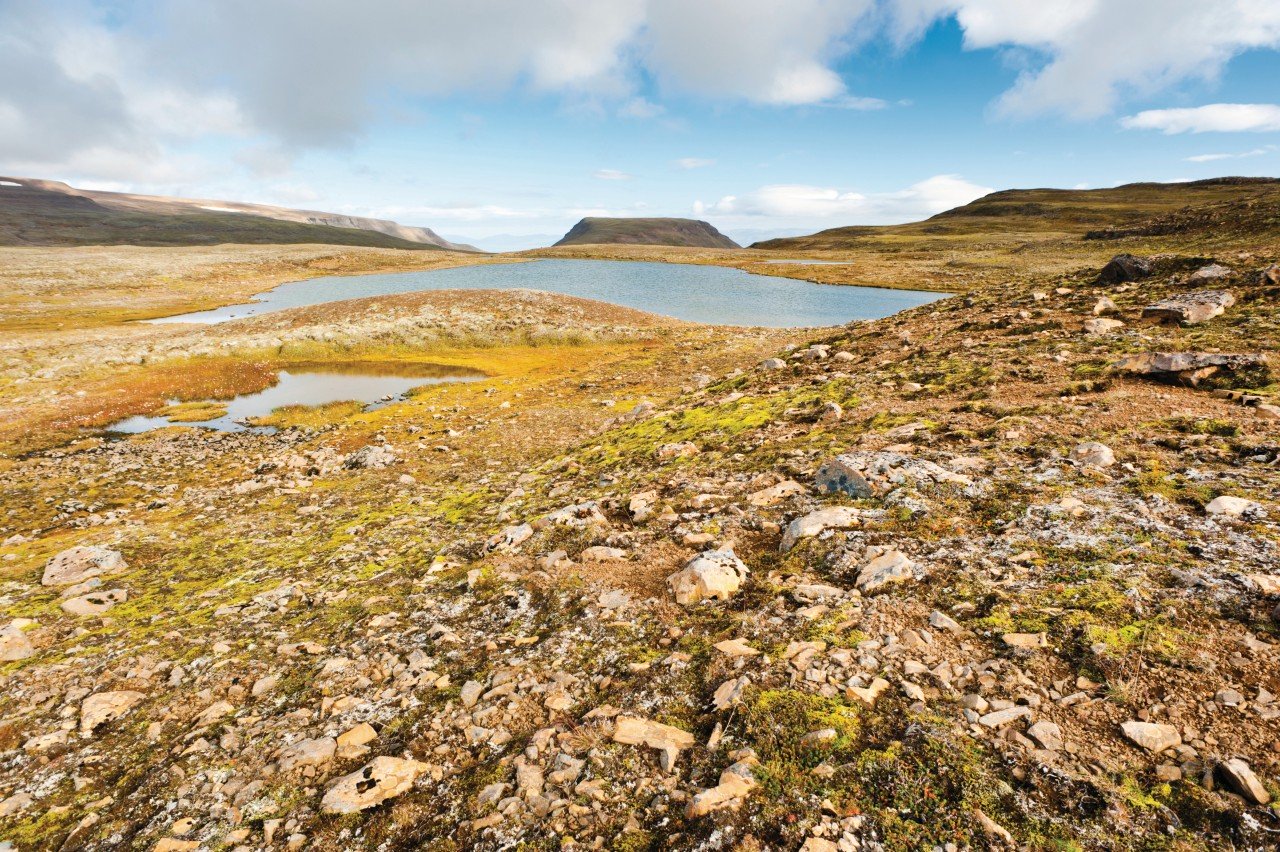 ©iStockphoto.com/subtik
©iStockphoto.com/subtik
The Vatnsnes Peninsula is full of treasures. Témoignent, a basalt structure about metres high, the rocks of Hvítserkur, but also Illugastaðir, where the murder of Natan Ketilsson occurred. A museum, located south of the peninsula at the Reykjaskóli school in Le, provides information about shark fishing and life on the farm of yesteryear. The fans of thermal sites don't forget Hveraborg in Tvídaegra. Night in Borðeyri.
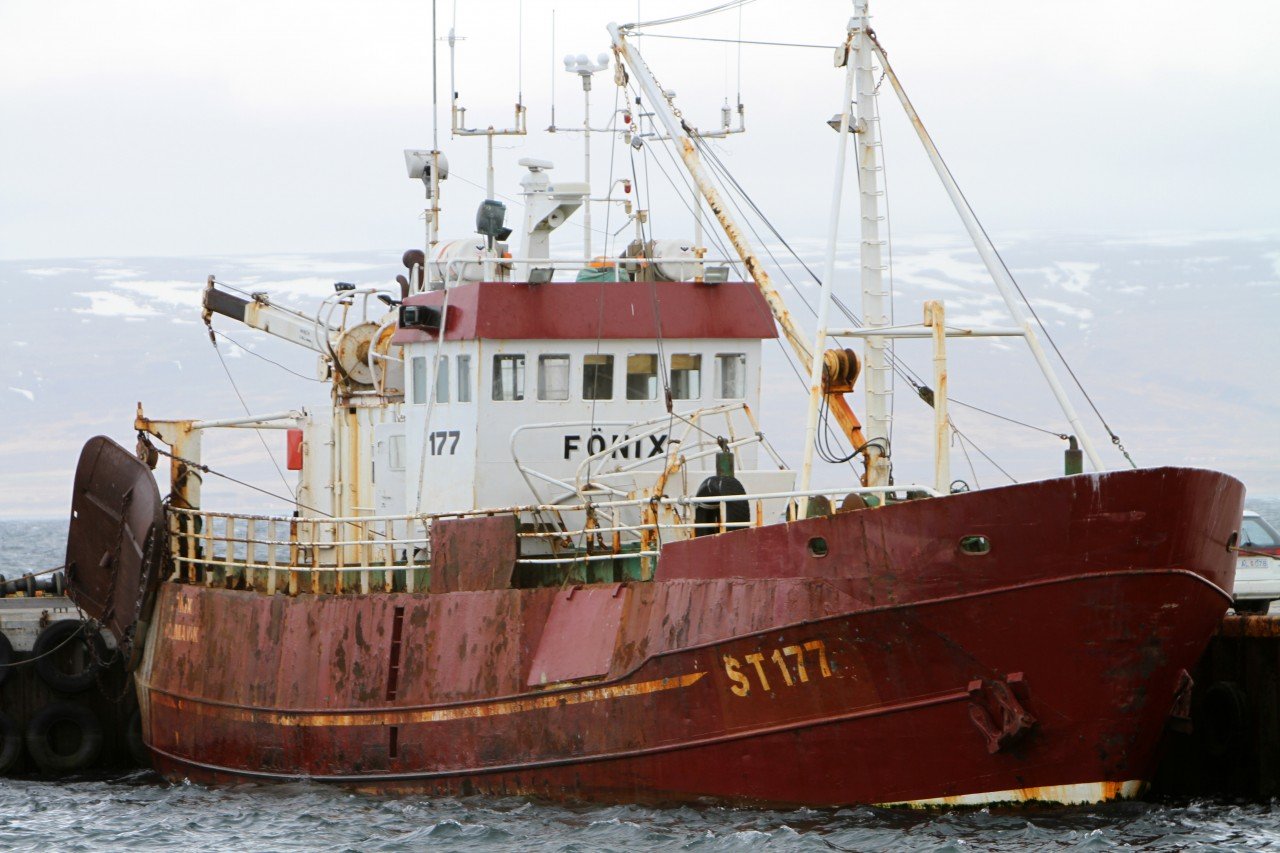 ©Stéphan SZEREMETA
©Stéphan SZEREMETA
After entering the western fjords, Route 61 quickly leads to the small village of Hólmavík. Accessible by road 635, Kaldalón, a valley crossed by the glacial river Mórilla, accentuates all the contrasts, and testifies to a nature with a raw aspect. It then becomes necessary to retrace your steps in order to head towards Ísafjörður and visit its two main museums. Night in Ísafjörður.
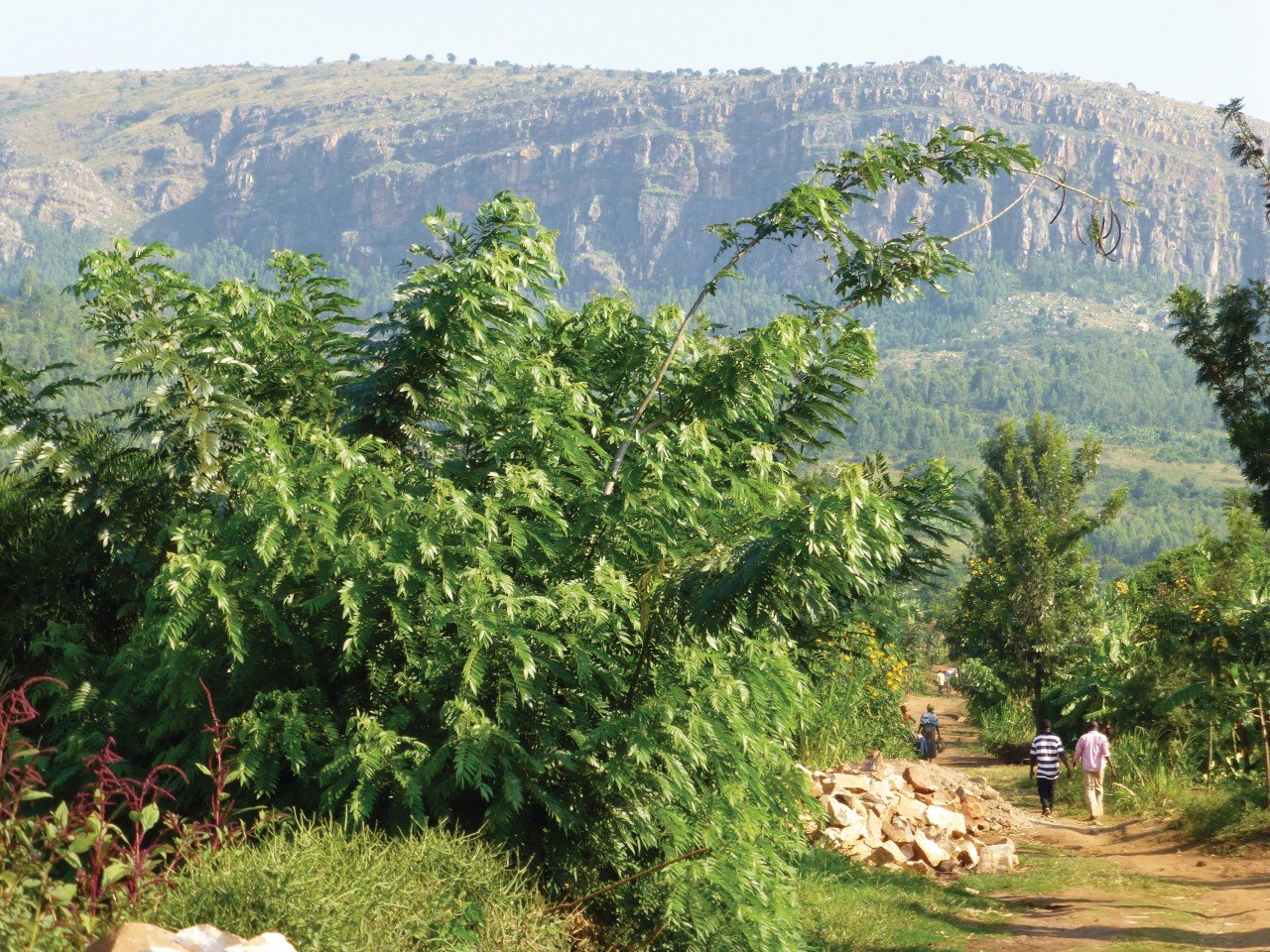 ©François JANNE D'OTHÉE
©François JANNE D'OTHÉE
Early in the day in the southern part of the Dýrafjörður in the village of Þingeyri, which contains one of the oldest houses in Iceland. After visiting the museum and the Hrafnseyri chapel, the western fjords have not finished unveiling their wonders. The Dynjandi waterfall, also known as Fjallfoss, falls from a 100-metre cliff and is the most impressive waterfall in the western fjords. Night in Búðardalur.
 ©Alex Cimbal - shutterstock.com
©Alex Cimbal - shutterstock.com
A reconstruction of the birthplace of Leifur Eiríksson, the first European to set foot in America, is in Eiríksstaðir. In the Snaefellsnes peninsula, near Stykkkishólmur, Mount Helgafell, which is visited by many walkers in summer, shows its basalt composition. Stykkishólmur is also an ideal starting point for boats specialising in whale, dolphin and other marine observation. The tour of the peninsula completed, harms Borgarnes.
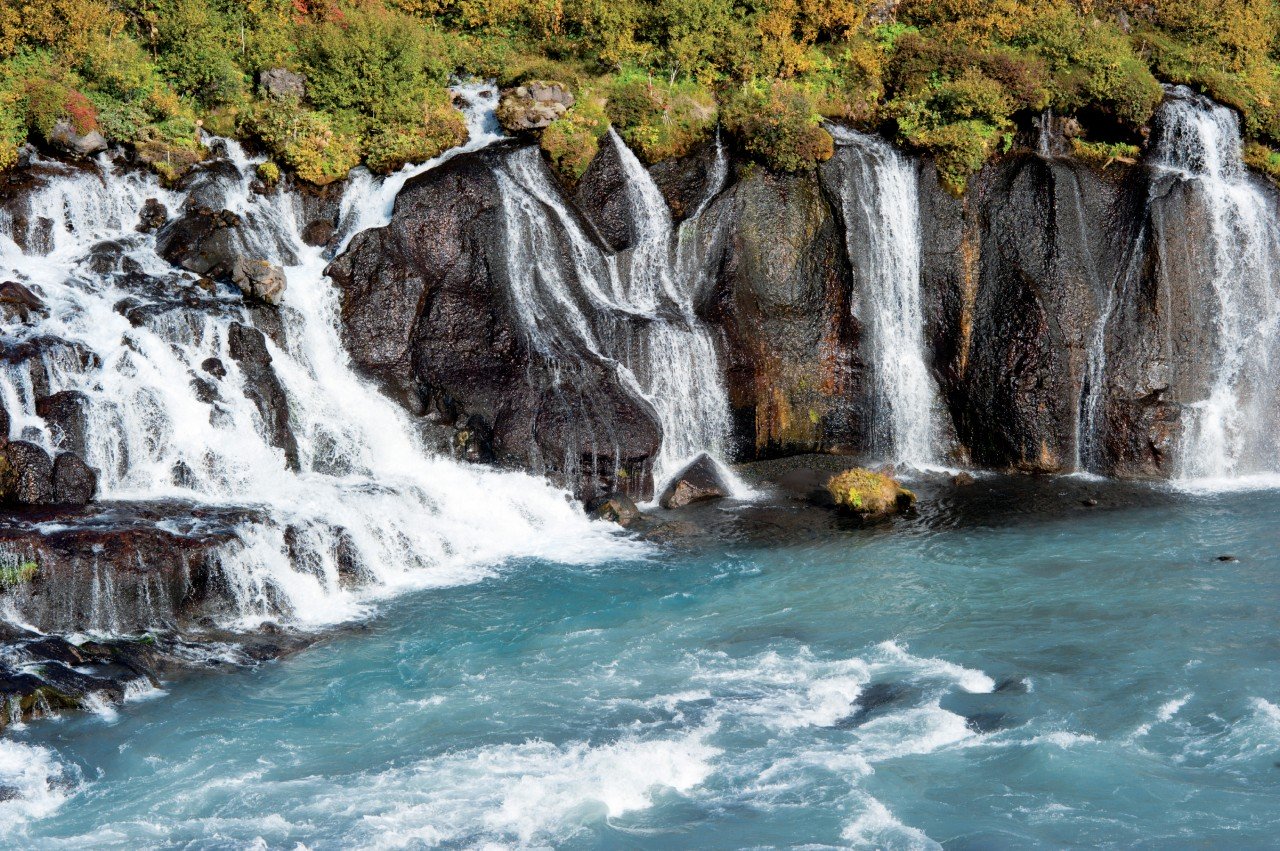 ©iStockphoto.com/subtik
©iStockphoto.com/subtik
Húsafell, the Pearl between lava and glaciers, offers an amazing contrast with the surrounding nature. A few steps away, a series of waterfalls, Hraunfossar, flows over a vast area. In the Reykholtsdalur region, a final geothermal space provides 180 litres of water at 100°C, Deildartunga, a spring considered the most productive in Iceland. Night in Akranes.
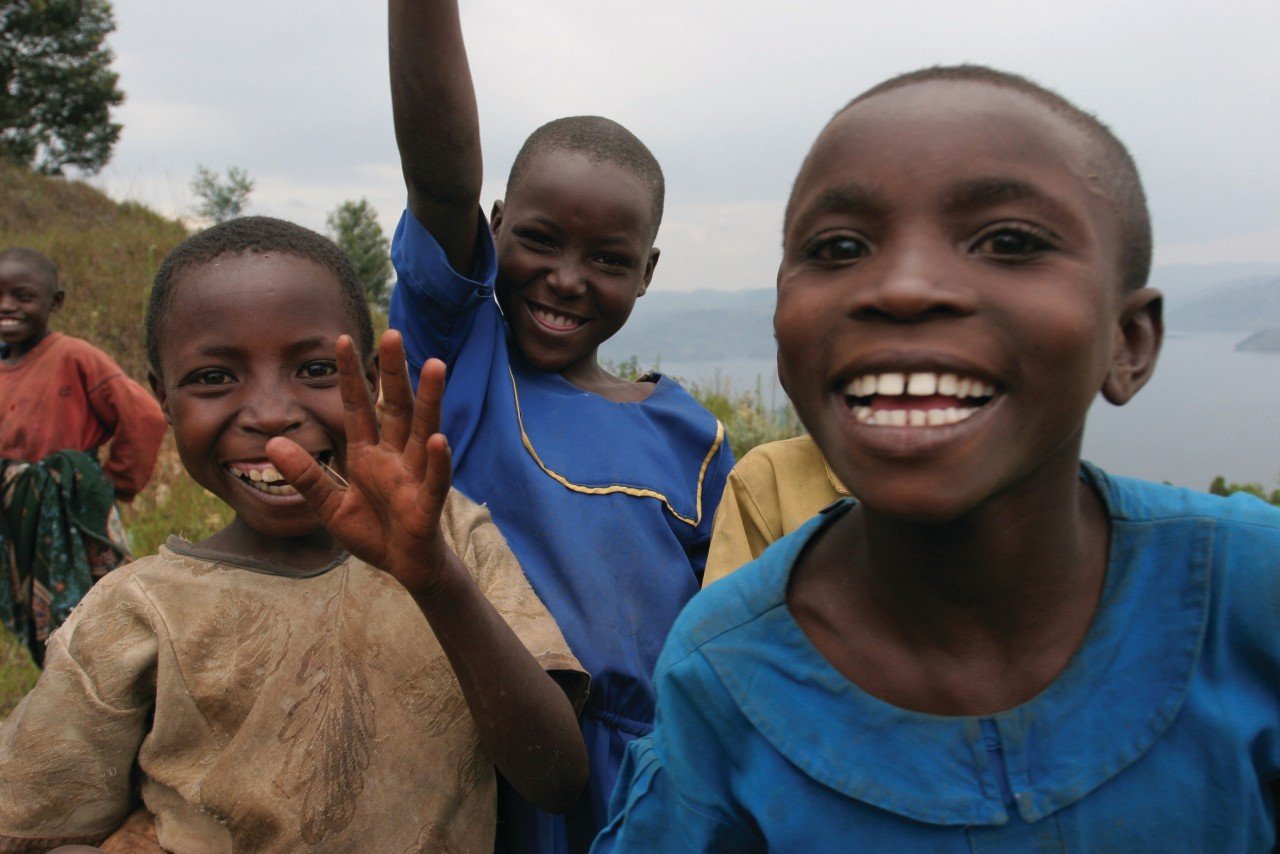 ©Jf Lefèvre - Fotolia
©Jf Lefèvre - Fotolia
Mount Akrafjall's ascent has no great difficulty and gives one of the most beautiful views of Western Iceland. A pay tunnel goes back to Reykjavik, where it makes good use of the latest shopping and swimming pools. Night in Reykjavik.
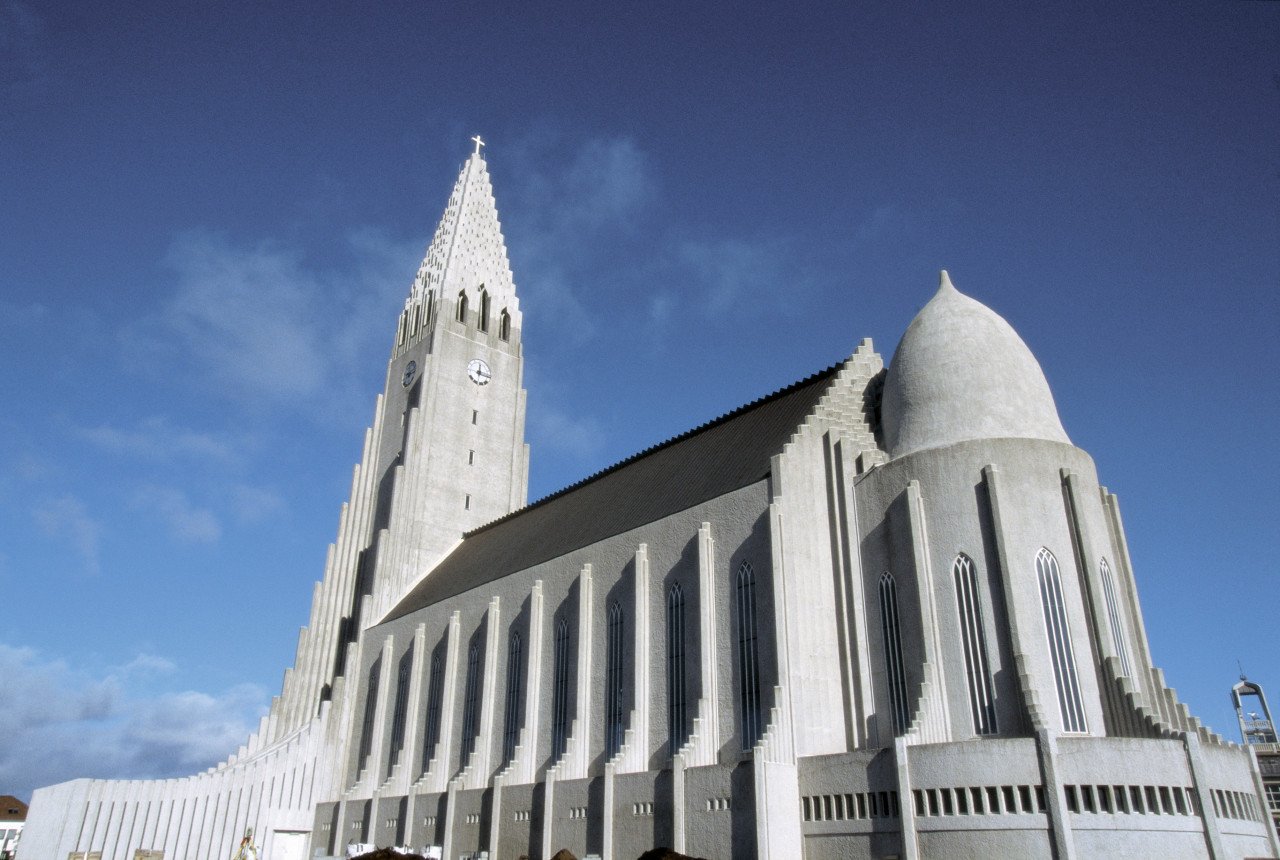 ©Author's Image
©Author's Image
City centre walking tour: climb up the Hallgrímskirkja bell tower, tour of Lake Tjörnin (and its birds), stroll through the old quarter of colourful houses and first discover the warm local cafés. A short tour through the Laugardalur swimming pool to end the day if the weather permits




Each Travel Idea is customizable according to your wishes

